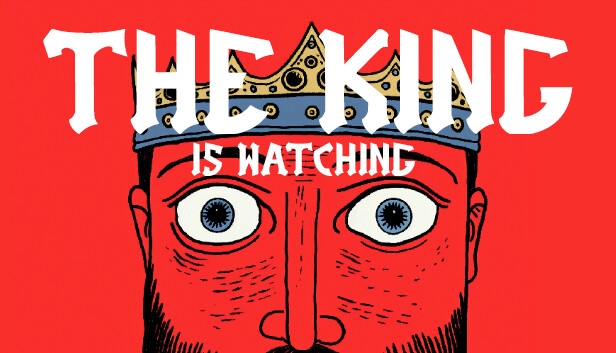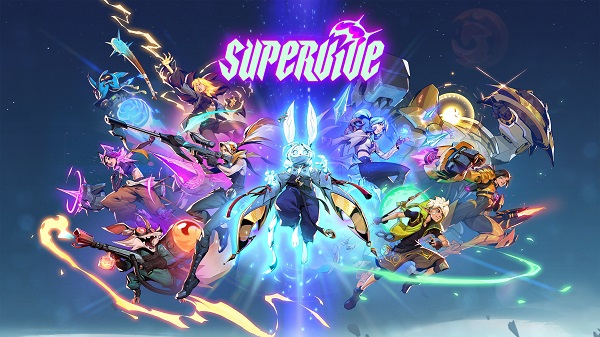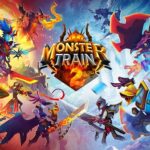Advertisement
Popular Now
Genshin Impact, the open-world action RPG developed by HoYoverse, has captivated millions with its breathtaking visuals, immersive world of Teyvat, and engaging elemental combat system. Since its release in 2020, the game has evolved through consistent updates, introducing new regions, characters, and storylines. However, despite its success, players have voiced ongoing concerns about quality-of-life (QoL) issues that hinder the overall experience. One specific issue stands out: the lack of meaningful QoL improvements in resource management and gameplay efficiency, particularly around the Resin system, talent material farming, and endgame content accessibility. This article explores this issue in depth, tracing its evolution, impact, and the community’s response, while highlighting why these shortcomings persist five years into the game’s lifecycle.
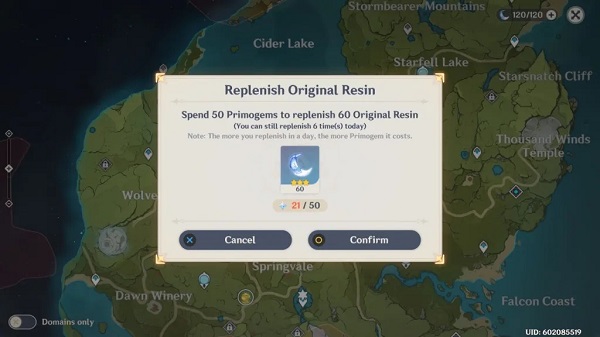
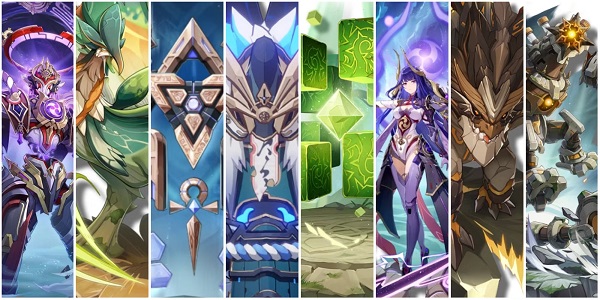

The Resin System: A Core Limitation Since Launch

The Original Resin Mechanic
When Genshin Impact launched in 2020, the Original Resin system was introduced as a stamina-like mechanic to gate progression. Players spend Resin to claim rewards from domains, bosses, and Ley Line Outcrops, with a cap of 160 Resin regenerating at a rate of 1 every 8 minutes. This system was designed to pace player progression and encourage daily logins, but it quickly became a point of contention due to its restrictive nature. For example, a single domain run costs 20 Resin, meaning players can only complete eight runs before needing to wait 21 hours for a full recharge or use Primogems to refill.Early Player Feedback
From the outset, players criticized the Resin system for stifling engagement. Casual players found it difficult to farm enough materials for character progression, while dedicated players felt punished for wanting to play longer sessions. The lack of flexibility, such as no overflow mechanism for unused Resin, meant players had to log in daily to avoid "wasting" resources. Posts on platforms like X in 2020 echoed this sentiment, with users lamenting the inability to grind efficiently compared to other gacha games.Introduction of Condensed Resin: A Partial Solution
A Band-Aid Fix
In patch 1.1 (November 2020), HoYoverse introduced Condensed Resin, allowing players to craft an item that stores 40 Resin for later use in domains. This was intended to reduce the number of runs needed and save time. However, players quickly noted its limitations: Condensed Resin could only be used in domains, not for bosses or Ley Lines, and crafting it required additional resources (Crystal Cores). Moreover, the cap of five Condensed Resins meant players still needed to log in frequently to avoid hitting the Resin ceiling.Persistent Frustrations
The introduction of Condensed Resin did little to address the core issue: the system still forced players into short, fragmented play sessions. As one X user pointed out in 2025, “Why do I need to craft condensed resin so I can use double resin?” This sentiment reflects a broader dissatisfaction with the lack of a true overhaul, as players continued to feel constrained by the need to micromanage Resin usage.Talent Material Lockouts: A Growing Pain Point
Day-Locked Domains
By 2021, as more characters and regions were added, the talent material farming system became another QoL sore spot. Talent materials are only available from specific domains on certain days of the week, a design rooted in traditional MMORPGs but increasingly outdated in a fast-paced gacha game. For example, a player needing “Teachings of Freedom” for a character like Diluc could only farm it on Mondays, Thursdays, and Sundays. This restriction forced players to plan their weeks around domain schedules, leading to frustration when desired materials were unavailable.Impact on Player Flexibility
The day-locked system clashed with Genshin’s otherwise flexible gameplay. Players with limited time found it particularly punishing, as missing a specific day could delay character progression by days or even weeks. The lack of a mechanism to bypass this lockout, such as a universal material or a way to farm materials daily, fueled ongoing complaints. Community discussions on X highlighted this issue, with players noting that other gacha games had adopted more lenient systems.Weekly Boss Limitations: A Missed Opportunity

Single-Run Restrictions
Weekly bosses, introduced as endgame challenges, require 30–60 Resin per run and can only be completed once per week for rewards. This design limits players’ ability to farm boss materials needed for character talents, especially as new bosses were added with each region. For instance, farming materials for a character like Raiden Shogun requires waiting for the weekly reset, slowing progression significantly.Community Pushback
The restriction feels arbitrary to many players, especially since bosses are central to endgame content. A 2025 post on X stated, “5 years into the game and we… can only kill a weekly boss once.” This reflects a broader desire for more flexibility, such as allowing multiple runs with diminishing rewards or a Resin-free option for practice, which would align with modern gaming trends toward player agency.Spiral Abyss: Endgame Content Stagnation
Initial Endgame Design
The Spiral Abyss, Genshin’s primary endgame mode, challenges players to clear timed floors with increasing difficulty. While initially exciting, its repetitive nature and lack of QoL updates have led to player fatigue. The mode resets biweekly, but rewards are capped, and there’s no way to save team presets for quick adjustments, forcing players to manually reconfigure teams each cycle.Lack of Innovation
By 2023, players began calling for enhancements like team presets or a “retry” button to streamline attempts. The absence of these features makes the Abyss feel clunky, especially for players juggling multiple characters. X posts in 2025 noted, “can’t even use team presets in combat events/abyss,” highlighting how this oversight detracts from the endgame experience. HoYoverse’s focus on new characters over Abyss updates has left this mode feeling stagnant.Artifact Farming: The RNG Nightmare
The Artifact Grind
Artifacts, equippable items that boost character stats, are a cornerstone of Genshin’s progression. However, their acquisition is heavily RNG-dependent, with domains offering random sets, main stats, and sub-stats. A single artifact run costs 20 Resin, and players may need dozens of runs to get a usable piece, let alone an optimal one. This grind, combined with the Resin cap, makes artifact farming feel Sisyphean.Player Fatigue and Solutions
The lack of a pity system or stat-locking mechanism exacerbates player frustration. Community suggestions, such as allowing players to “lock” a desired main stat or reroll sub-stats, have gone unaddressed. The KQM Artifacts Guide notes that efficient farming requires meticulous planning, yet the system’s randomness undermines this effort. Players on X have called the process “objectively slow and clunky,” reflecting widespread discontent.Event Design: Temporary Content, Permanent Problems

Time-Gated Events
Genshin’s events, while often creative, are heavily time-gated, requiring players to log in daily to complete tasks or claim rewards. This design clashes with the game’s open-world freedom, as players feel pressured to prioritize events over exploration or story content. For example, limited-time events like “Windtrace” offer unique rewards but no way to access them after the event ends.Missed Opportunities for Accessibility
Players have suggested permanent event archives or a way to replay past events for missed rewards, but HoYoverse has not implemented such features. This lack of flexibility alienates players with irregular schedules, as noted in community forums like HoYoLAB, where users express frustration over missing exclusive items. The absence of QoL features like event reruns deepens the sense of FOMO (fear of missing out).Comparison to Other Gacha Games: Falling Behind
Industry Standards
By 2025, other gacha games like Honkai: Star Rail (also by HoYoverse) introduced QoL features such as auto-farming, flexible material farming, and higher stamina caps. Genshin’s lack of similar updates makes it feel outdated. For instance, Honkai’s “Simulated Universe” mode allows repeated runs with customizable rewards, a stark contrast to Genshin’s rigid systems.Community Sentiment
X posts in 2025 highlight this disparity, with one user stating, “Playing other gacha games really REALLY makes you see how much QoL Genshin is missing.” The community perceives HoYoverse’s reluctance to adopt industry-standard QoL features as a lack of responsiveness, especially given Genshin’s massive revenue and player base.HoYoverse’s Response: Incremental but Insufficient
Developer Updates
HoYoverse has made some QoL improvements, such as increasing the Resin cap to 200 in patch 4.7 (2024) and adding the “Quick Loadout” feature for artifacts. However, these changes are often seen as incremental and fail to address core issues like day-locked domains or weekly boss restrictions. Developer livestreams on HoYoLAB acknowledge player feedback but rarely commit to sweeping changes.Why the Slow Pace?
The slow pace of QoL updates may stem from HoYoverse’s monetization strategy, which relies on time-gating to encourage spending on Resin refills or battle passes. While this approach maximizes revenue, it risks alienating players who value gameplay efficiency. The community’s growing frustration, evident in X posts, suggests a need for bolder changes to maintain long-term engagement.The Future of QoL in Genshin Impact
Potential Solutions
To address these issues, HoYoverse could implement several community-suggested fixes:- Resin Overhaul: Introduce an overflow system or remove the cap entirely, allowing players to stockpile Resin for longer sessions.
- Flexible Farming: Remove day-locks on talent domains or introduce a universal material exchange.
- Endgame Enhancements: Add team presets, a retry button for Spiral Abyss, and repeatable weekly boss runs.
- Artifact Pity System: Implement a mechanism to guarantee desired main stats or sub-stats after a set number of runs.












